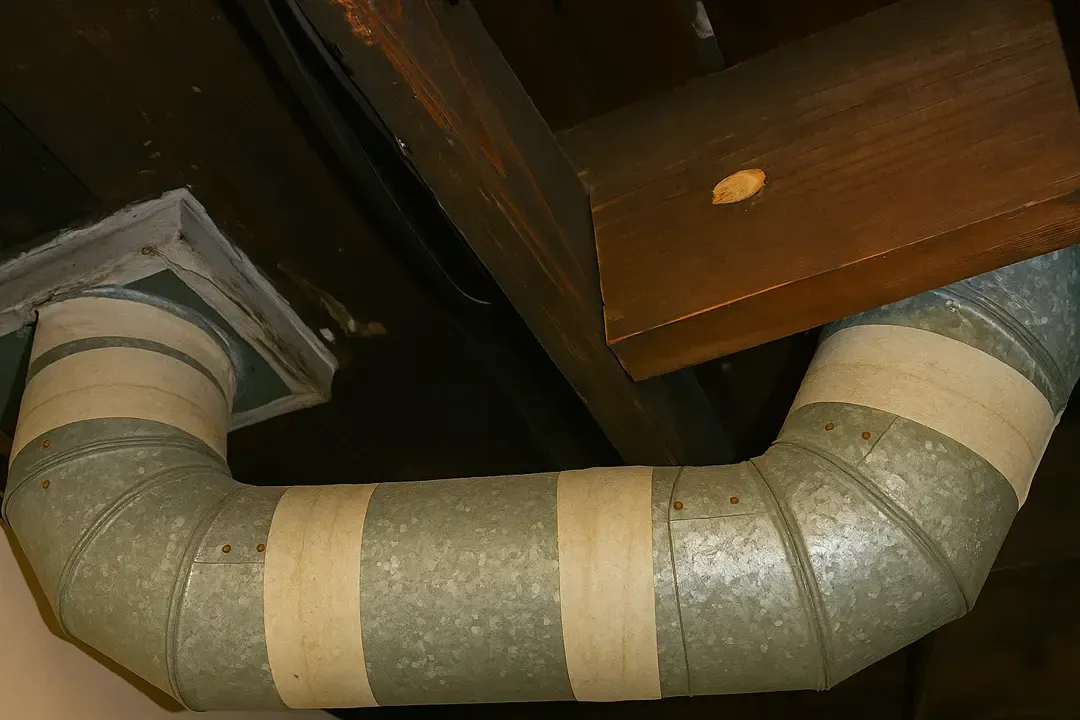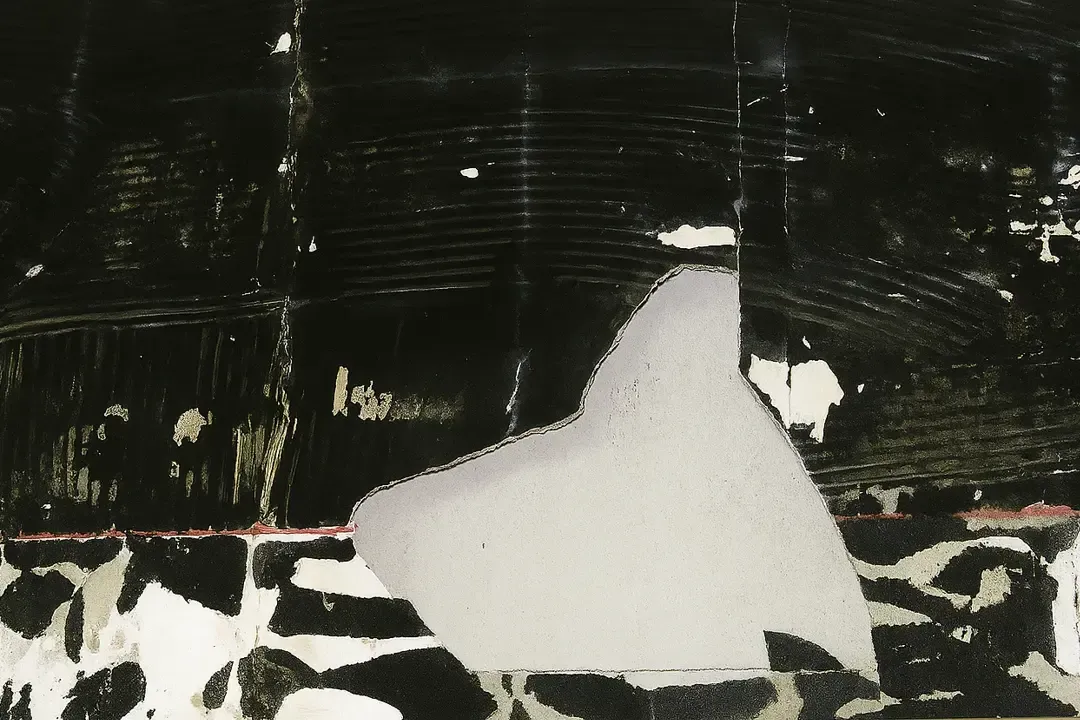Asbestos in Mastics & Joint Compound Removal in CT
Asbestos in Mastics & Joint Compound Removal in CT
While visible asbestos materials like floor tiles or pipe wrap are often recognized, hidden asbestos lurks in many older homes and commercial buildings across Connecticut, particularly in adhesives and drywall joint compounds. These materials, once disturbed during renovations or repairs, can release dangerous fibers into the air. Alberca Construction specializes in the safe identification and removal of these often-overlooked sources of asbestos.
The Hidden Dangers: Identifying Asbestos in Adhesives & Compounds
Asbestos was commonly added to various adhesive products and compounds for increased strength, fire resistance, and flexibility. The primary concern arises when these materials are sanded, scraped, drilled, or removed, making their fibers airborne.
1. Black Mastic Adhesives:
Most notoriously, the black, tar-like adhesive used to glue down floor tiles (especially 9x9 inch VAT tiles) almost universally contains asbestos. Even if the tiles themselves are removed, the mastic often remains firmly bonded to the subfloor, posing a significant hazard.

1. Black Mastic Adhesives:
Most notoriously, the black, tar-like adhesive used to glue down floor tiles (especially 9x9 inch VAT tiles) almost universally contains asbestos. Even if the tiles themselves are removed, the mastic often remains firmly bonded to the subfloor, posing a significant hazard.

2. Drywall Joint Compound (Spackle/Mud):
Popular in constructions before the late 1970s, asbestos was incorporated into joint compound to improve its workability and fire resistance. Sanding these walls or ceilings during a renovation can release extremely fine, hazardous asbestos dust.

2. Drywall Joint Compound (Spackle/Mud):
Popular in constructions before the late 1970s, asbestos was incorporated into joint compound to improve its workability and fire resistance. Sanding these walls or ceilings during a renovation can release extremely fine, hazardous asbestos dust.

3. Duct Adhesives & Sealants:
Adhesives used to seal joints in older HVAC ducts or to attach insulation to ductwork often contained asbestos, creating risks during HVAC system upgrades or repairs.

3. Duct Adhesives & Sealants:
Adhesives used to seal joints in older HVAC ducts or to attach insulation to ductwork often contained asbestos, creating risks during HVAC system upgrades or repairs.

4. Window Glazing & Caulking:
Some older glazing compounds used around window panes, or caulking applied in various building seams, can also contain asbestos. Disturbing these during window replacement or exterior repairs requires caution.

4. Window Glazing & Caulking:
Some older glazing compounds used around window panes, or caulking applied in various building seams, can also contain asbestos. Disturbing these during window replacement or exterior repairs requires caution.


These materials, while not always visually obvious, can release dangerous fibers if not handled correctly. Any renovation that involves disturbing walls, floors, or mechanical systems in older buildings should consider the potential for asbestos in these hidden applications.
Our Safe & Precise Removal Process for Adhesives & Compounds
Removing asbestos-containing adhesives and joint compounds requires meticulous care due to the high friability (ease of crumbling) of these materials.
1. Thorough Assessment & Independent Testing
As always, we begin by coordinating with a third-party, state-licensed environmental firm to test any suspected adhesives or compounds, ensuring an accurate and unbiased identification of asbestos.
2. Airtight Containment & Air Filtration
We establish a rigorous containment zone around the affected area, using heavy polyethylene sheeting and negative air pressure systems to prevent any fiber migration.
3. Wet Removal & Specialized Techniques
Dry scraping or sanding is strictly avoided. We utilize wet removal methods, specialized solvents (for adhesives), or carefully score and remove sections of material to minimize dust generation. For joint compound, this often involves wetting and carefully peeling or scraping.
4. HEPA Vacuum Cleanup & Encapsulation/Disposal
After all materials are removed, all surfaces are thoroughly cleaned with HEPA-filtered vacuums. For hard-to-remove residues (like stubborn mastic), we may recommend encapsulation (sealing fibers with a non-porous coating) or ensure safe disposal of all removed materials.
1. Thorough Assessment & Independent Testing
As always, we begin by coordinating with a third-party, state-licensed environmental firm to test any suspected adhesives or compounds, ensuring an accurate and unbiased identification of asbestos.
2. Airtight Containment & Air Filtration
We establish a rigorous containment zone around the affected area, using heavy polyethylene sheeting and negative air pressure systems to prevent any fiber migration.
3. Wet Removal & Specialized Techniques
Dry scraping or sanding is strictly avoided. We utilize wet removal methods, specialized solvents (for adhesives), or carefully score and remove sections of material to minimize dust generation. For joint compound, this often involves wetting and carefully peeling or scraping.
4. HEPA Vacuum Cleanup & Encapsulation/Disposal
Uncover Hidden Dangers Before Your Next Renovation
Don't let unseen asbestos in adhesives or compounds compromise your project or your health. Contact Alberca Construction today for a professional assessment and a free, no-obligation estimate for safe removal.
Uncover Hidden Dangers Before Your Next Renovation
Don't let unseen asbestos in adhesives or compounds compromise your project or your health. Contact Alberca Construction today for a professional assessment and a free, no-obligation estimate for safe removal.
Frequently Asked Question
What exactly is asbestos and why is it dangerous?
Asbestos is a naturally occurring mineral composed of microscopic fibers. Due to its heat resistance and durability, it was heavily used in building materials until the 1980s. It is dangerous because, if disturbed, it releases these fibers into the air. When inhaled, they can become lodged in the lungs and, over time, cause serious illnesses like asbestosis and cancer.
How do I know if I have asbestos in my home?
It's impossible to know just by looking. Generally, if your home was built before 1985, there is a chance it contains asbestos in materials like attic insulation (vermiculite), floor tiles, popcorn ceilings, exterior siding, or pipe wrap. The only way to be 100% certain is through laboratory testing.
Should I take a sample myself to get it tested?
No, never. Taking a sample yourself without the proper equipment and protocols can be very dangerous, as it can release a high concentration of fibers in a small area. You should always contact a certified professional for inspection and sampling. We coordinate this service with independent firms to ensure your safety. (You can read more on our [Asbestos Inspection & Testing] page).
Is it safe to stay in my home during the asbestos removal process?
It depends on the scope and location of the project. For small, well-contained jobs, it may be possible to remain in the house. For larger projects, especially those in high-traffic areas or involving the HVAC system, we recommend arranging to be off the property. Your family's safety is our #1 priority, and we will always give you a clear and honest recommendation for your specific situation.
How long does an asbestos removal project take?
The duration varies depending on the size and complexity of the job. A small project in a basement might take 1-2 days. A full attic abatement could take 3-5 days or more. Your detailed estimate will include a projected timeline.
What happens to the asbestos after you remove it?
Asbestos is a regulated hazardous waste. All material is placed in sealed and labeled bags or containers according to EPA and CT DEEP regulations. It is then transported by licensed haulers to a specific landfill that is licensed to receive asbestos waste. We provide you with all disposal documentation for your records.
How much does asbestos removal cost?
The cost varies and depends on several factors: the amount of material to be removed, its location and accessibility, and the type of material (loose vermiculite is different from floor tiles). This is why we cannot give a price without seeing the site. What we do guarantee is a detailed, transparent estimate with no hidden costs.
Is the estimate free?
Yes, absolutely. Our initial site visit to assess the project and provide you with a detailed estimate is completely free and without obligation.
Are there any financial aid or rebate programs available?
Yes! The most notable case is the ZAI Trust, which can reimburse homeowners for a significant portion of the cost of vermiculite insulation removal. We are very familiar with this process and can guide you through it. (You can read more on our Rebates & Cost-Saving Programs page).
Are you licensed and insured in Connecticut?
Yes. Alberca Construction Company LLC holds all required licenses from the state of Connecticut for asbestos and hazardous material abatement. We also carry full general liability insurance and a specific pollution liability insurance policy for your complete protection and peace of mind. (You can see more on our Certifications page).
What areas of Connecticut do you serve?
We serve the entire state of Connecticut from our base in Hartford.
How far in advance do I need to schedule my project?
We try to be as flexible as possible. Generally, once an estimate is approved, we can schedule work to begin within 1-2 weeks, depending on our current workload. For emergency situations, we will do everything we can to assist you sooner.
Get In Touch
Email: [email protected]
Phone: (860) 206-7176
Address : 180 Walnut St, Hartford Connecticut 06120
Assistance Hours :
Mon – Sat 7:00am - 5:30pm
Sunday – CLOSED


